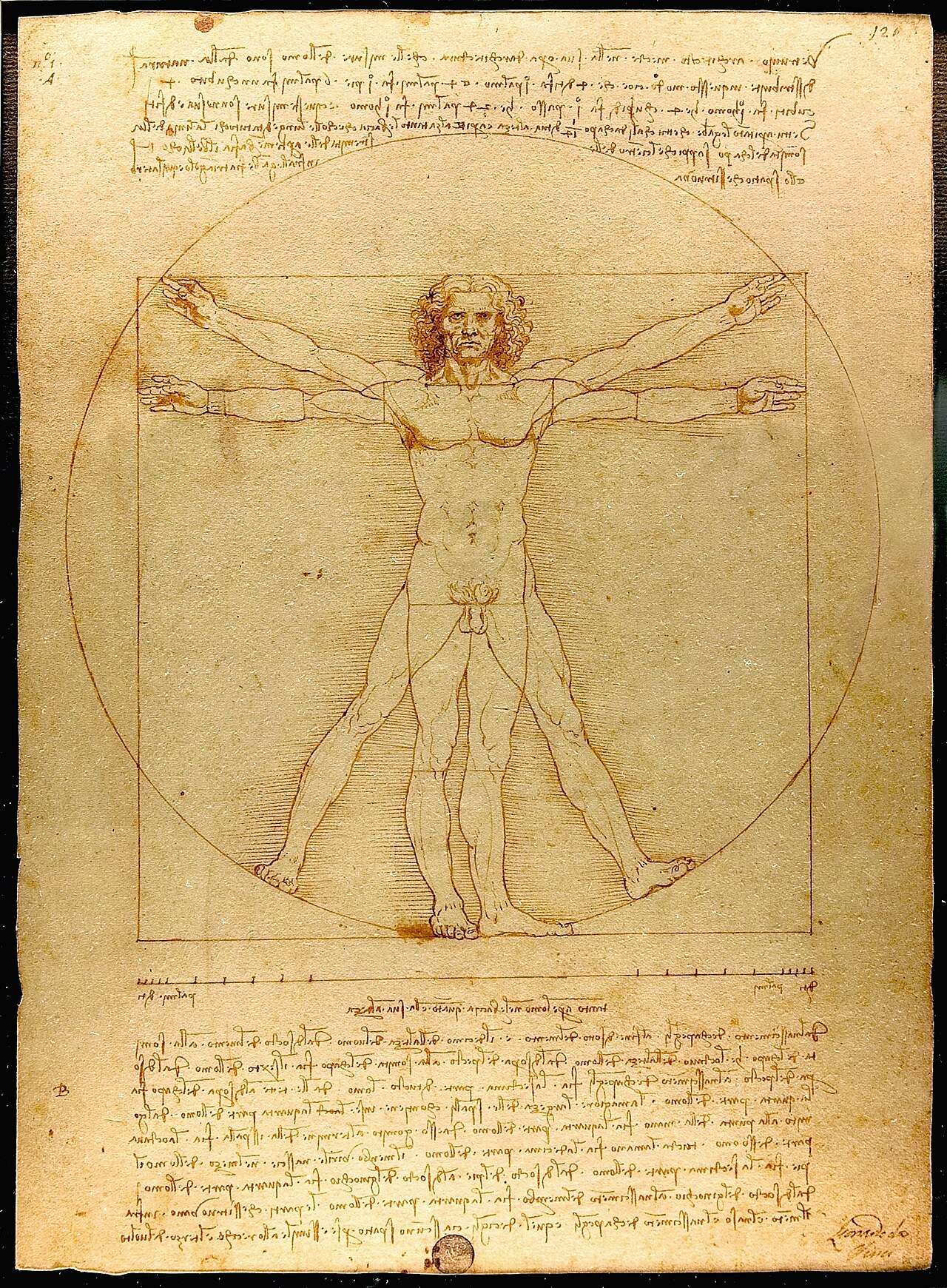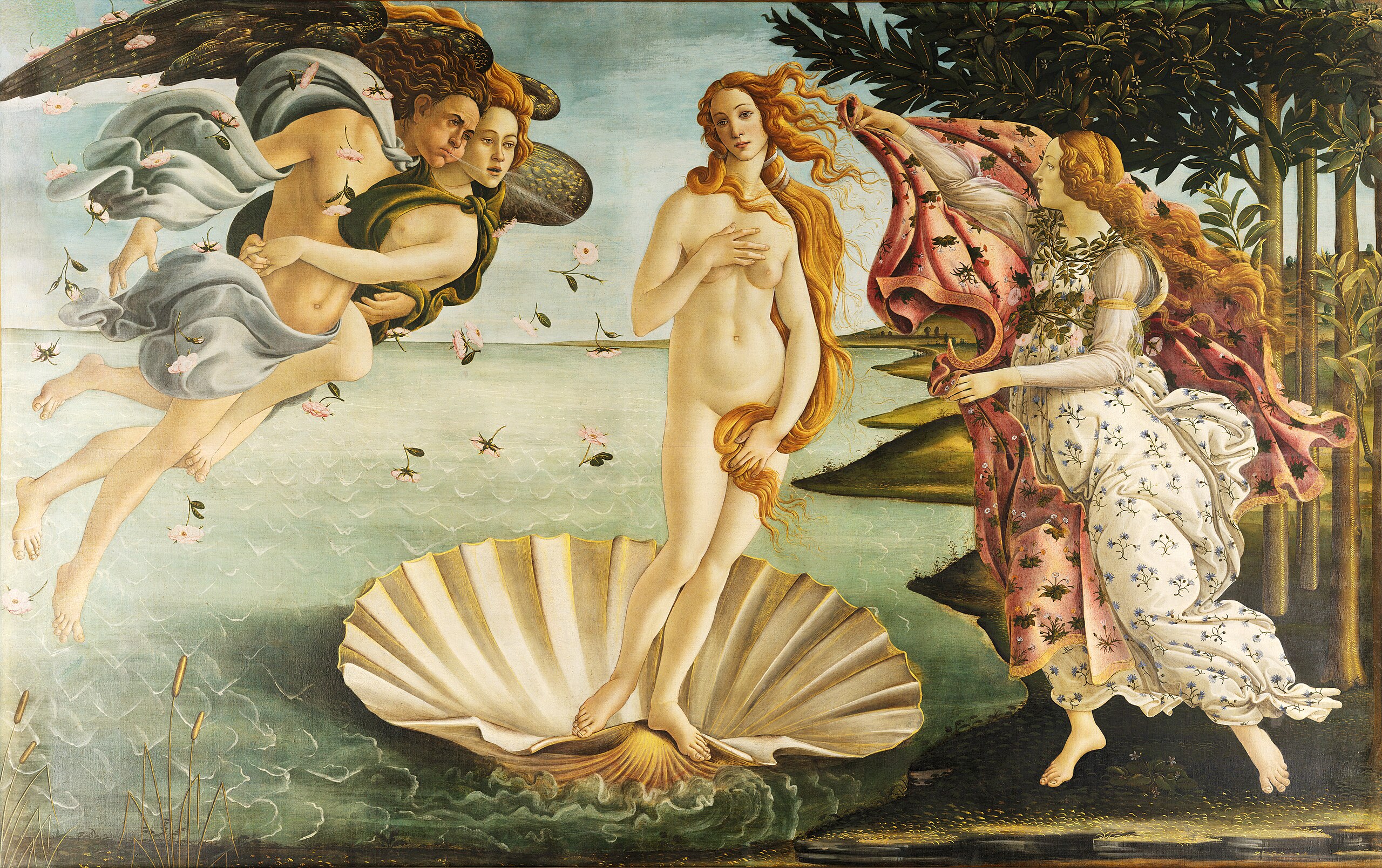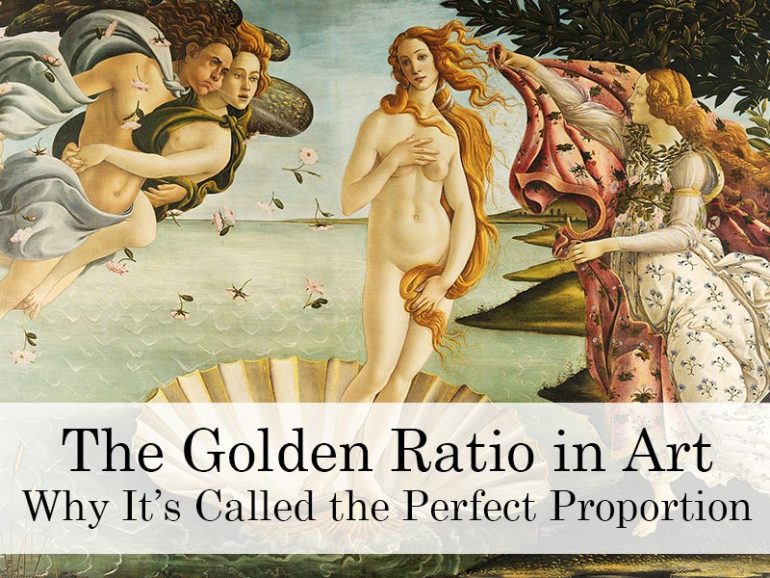The golden ratio, often referred to as the “divine proportion,” has fascinated artists, architects, and mathematicians for centuries. This mathematical formula, approximately equal to 1.618, is believed to create aesthetically pleasing compositions that occur naturally in art, nature, and even the human body. But what exactly is the golden ratio, and why does it hold such enduring appeal in art?
What Is the Golden Ratio?
The golden ratio is a mathematical ratio where the relationship between two parts of a whole creates a proportion that is aesthetically balanced. If a line is divided into two segments, the ratio of the whole line to the longer segment is the same as the ratio of the longer segment to the shorter one. This ratio is expressed as 1:1.618.
The golden ratio is often visualised as a golden rectangle or a spiral, which can be seen in nature (e.g., nautilus shells and sunflower seeds) and incorporated into works of art and architecture.
The Golden Ratio in Art History
1. Ancient Greece
The ancient Greeks used the golden ratio in their architecture and sculptures, believing it represented ideal beauty and harmony. The Parthenon in Athens is thought to incorporate golden rectangles in its design, creating a sense of balance and proportion.
2. Leonardo da Vinci
Leonardo da Vinci famously applied the golden ratio to his works. The Last Supper (1495–1498) is said to feature this proportion in the placement of key elements, creating harmony within the composition. In Vitruvian Man (c. 1490), Leonardo explored how the human body adheres to these perfect proportions.


3. Sandro Botticelli
Botticelli’s The Birth of Venus (c. 1484–1486) demonstrates the golden ratio in the positioning of Venus and the surrounding figures. This subtle use of proportion creates a sense of natural beauty and elegance, enhancing the mythological narrative.

4. Salvador Dalí
In the 20th century, Surrealist artist Salvador Dalí deliberately used the golden ratio in his works. The Sacrament of the Last Supper (1955) incorporates a golden dodecahedron in the background, symbolising divine perfection. See painting below.

Why Does the Golden Ratio Work?
The golden ratio is thought to be pleasing to the eye because it mirrors patterns found in nature. From the spiral of galaxies to the arrangement of leaves, this proportion appears organically, creating a sense of balance and harmony. By incorporating it into art, creators tap into a universally recognised aesthetic.
How Artists Use the Golden Ratio
1. Composition
Artists use the golden ratio to arrange elements in their work, ensuring balance and visual appeal. A golden spiral can guide the viewer’s eye to focal points within the piece.
2. Proportions
In portraiture and sculpture, the golden ratio can be applied to facial features and body proportions to achieve a sense of natural beauty.
3. Layout Design
The golden rectangle is often used in graphic design and layout planning, providing a framework for visually balanced compositions.
Controversies Around the Golden Ratio
While the golden ratio is widely celebrated, some question its prevalence and significance. Critics argue that its use in art and architecture has been overstated or retrospectively applied to works where it wasn’t intentionally used. Nevertheless, its appeal as a tool for creating harmony remains undeniable.
Examples in Modern Art and Design
Contemporary artists and designers continue to use the golden ratio in their work. From logo designs to photography and interior design, this timeless principle provides a framework for creating visually satisfying compositions. Apple’s logo, for example, is often cited as an example of golden ratio-inspired design.
Why Learn About the Golden Ratio?
For artists, understanding the golden ratio offers a valuable tool for improving composition and structure. While it’s not a rule to follow rigidly, it can serve as a guide to create balance and harmony in your work.
Further Reading
- The Met – Mathematics and Art
- Tate – Proportions in Art
- Khan Academy – The Golden Ratio
- National Gallery – Geometry in Renaissance Art
The golden ratio remains a fascinating intersection of art, nature, and mathematics. Whether or not you believe in its mystical properties, it’s undeniable that this proportion has inspired countless masterpieces. Experimenting with the golden ratio in your own art can help you discover new ways to create balance and beauty. What will you create with this “divine” formula?
If you would like to receive a roundup of all of our blog posts once a week to keep you inspired in your inbox, why not sign up to our newsletter. You can access our sign up at the top of our page. If you are a London Art College student and you would like your artwork featured here, drop us a line at any time.

